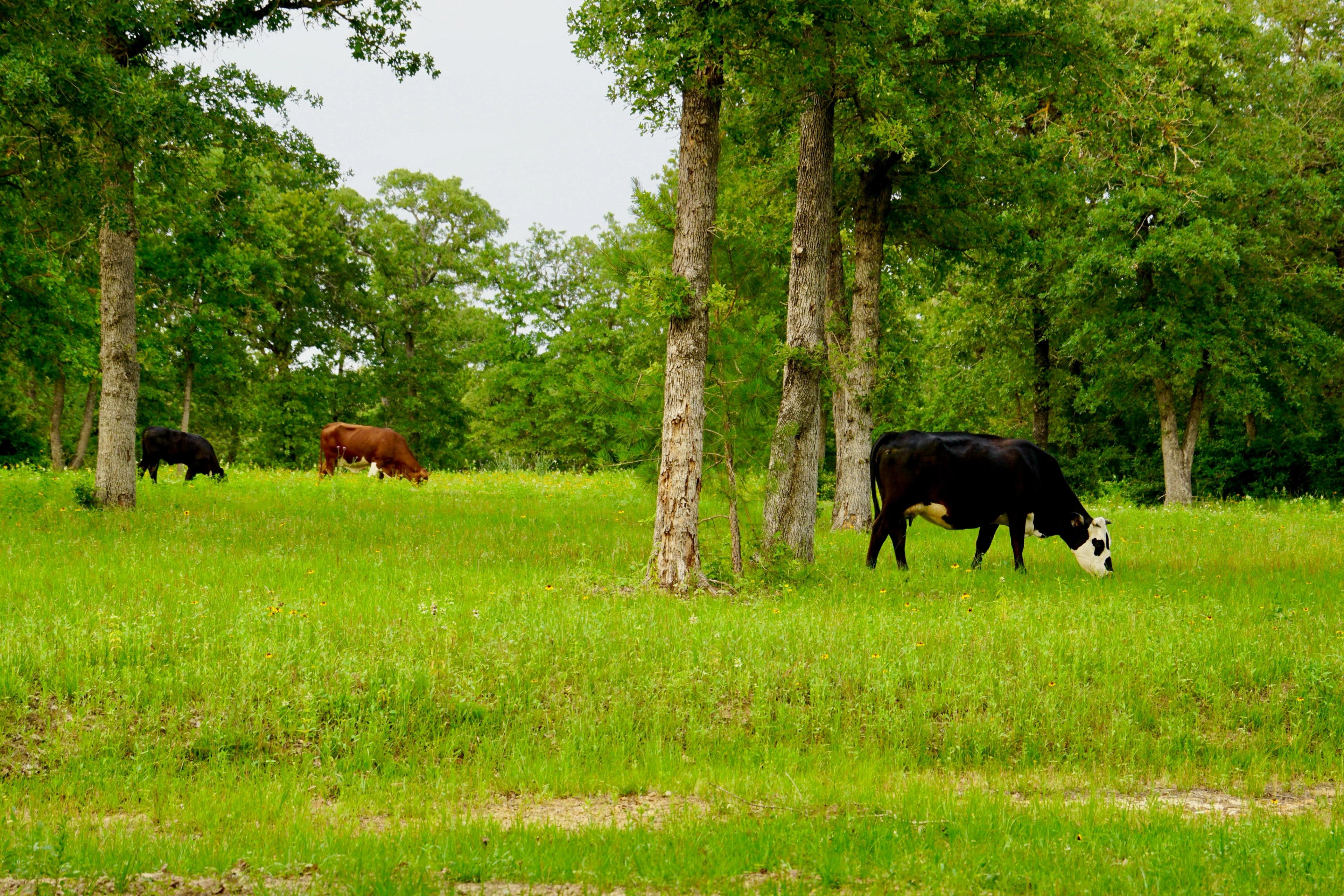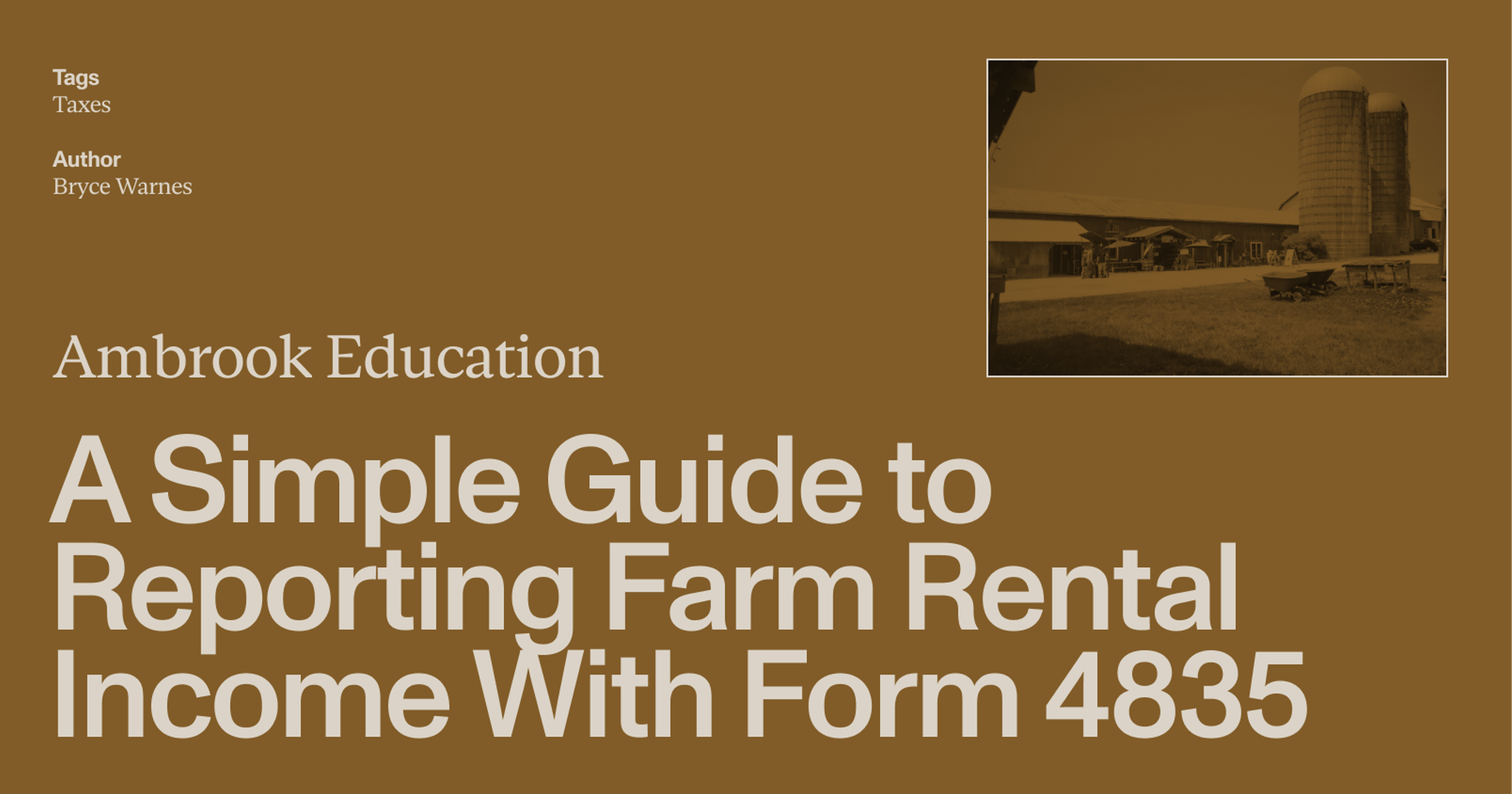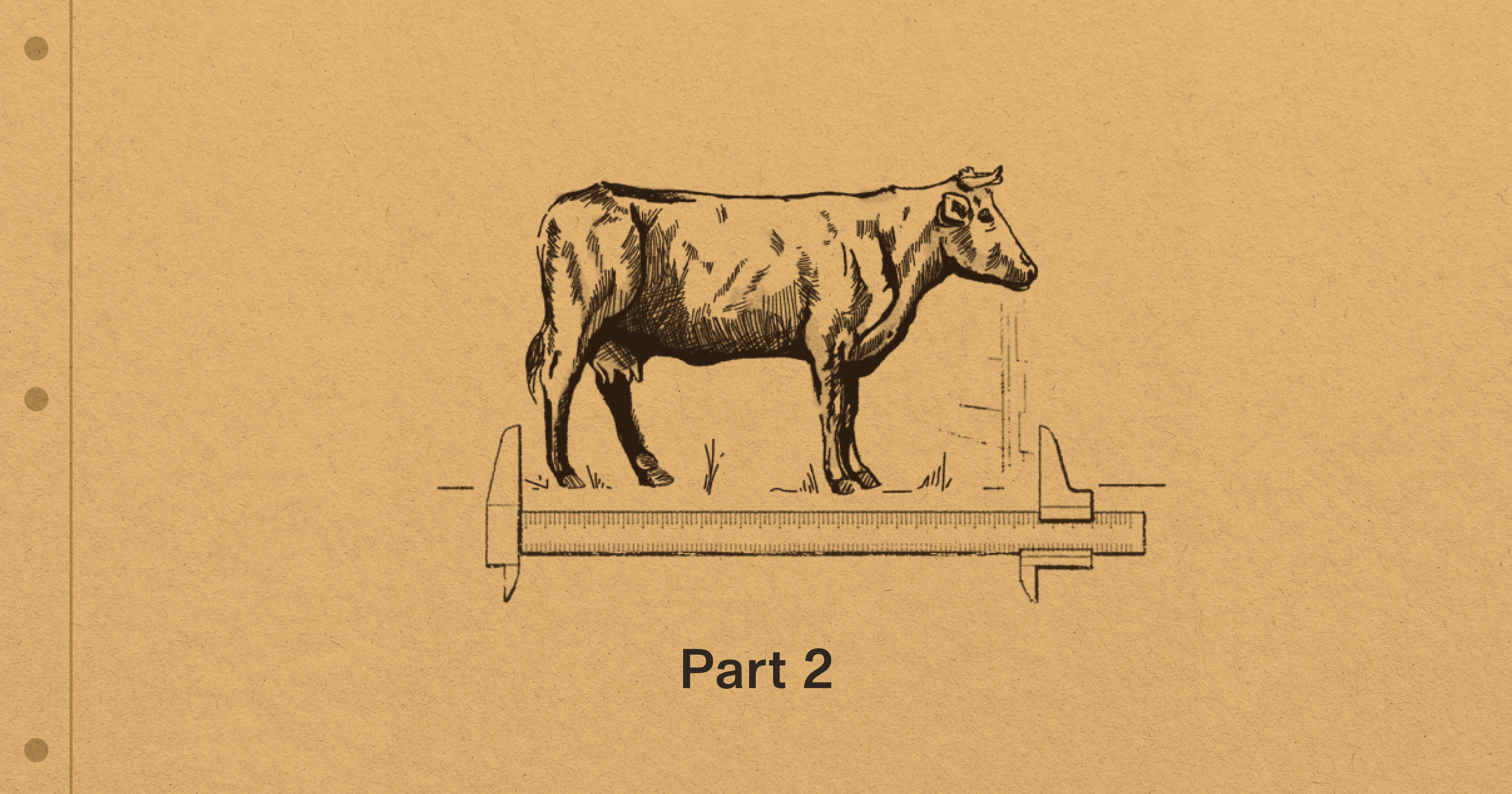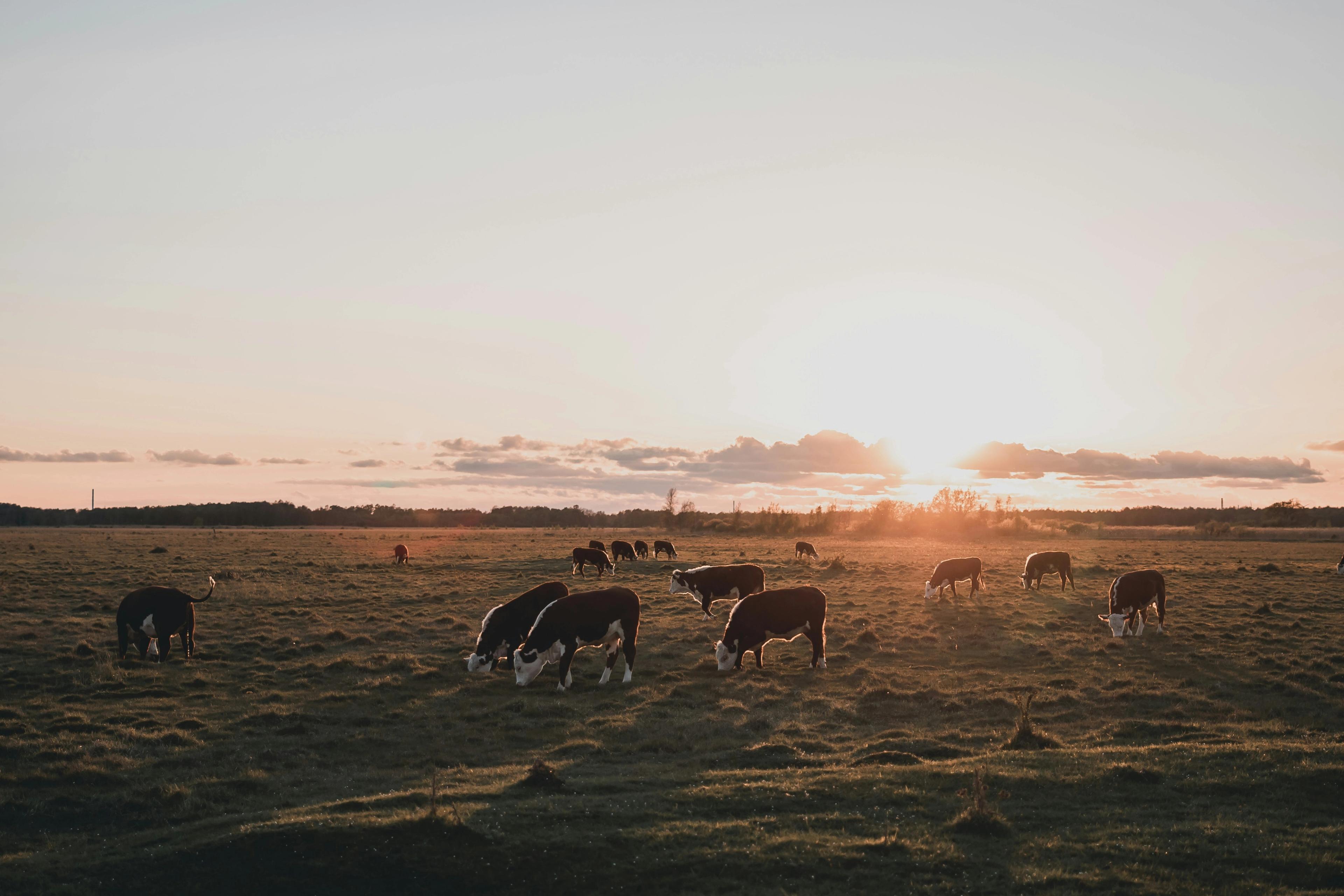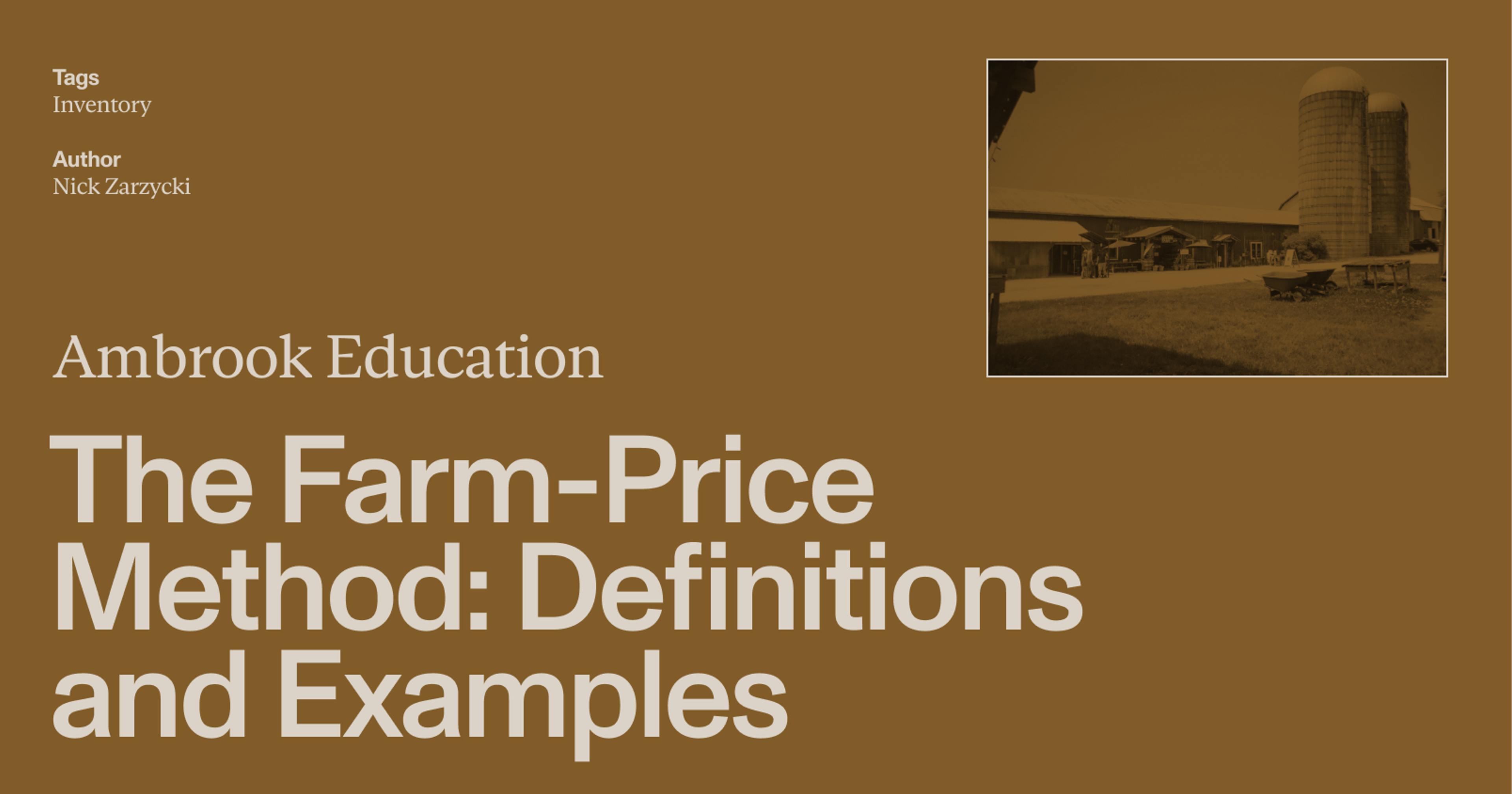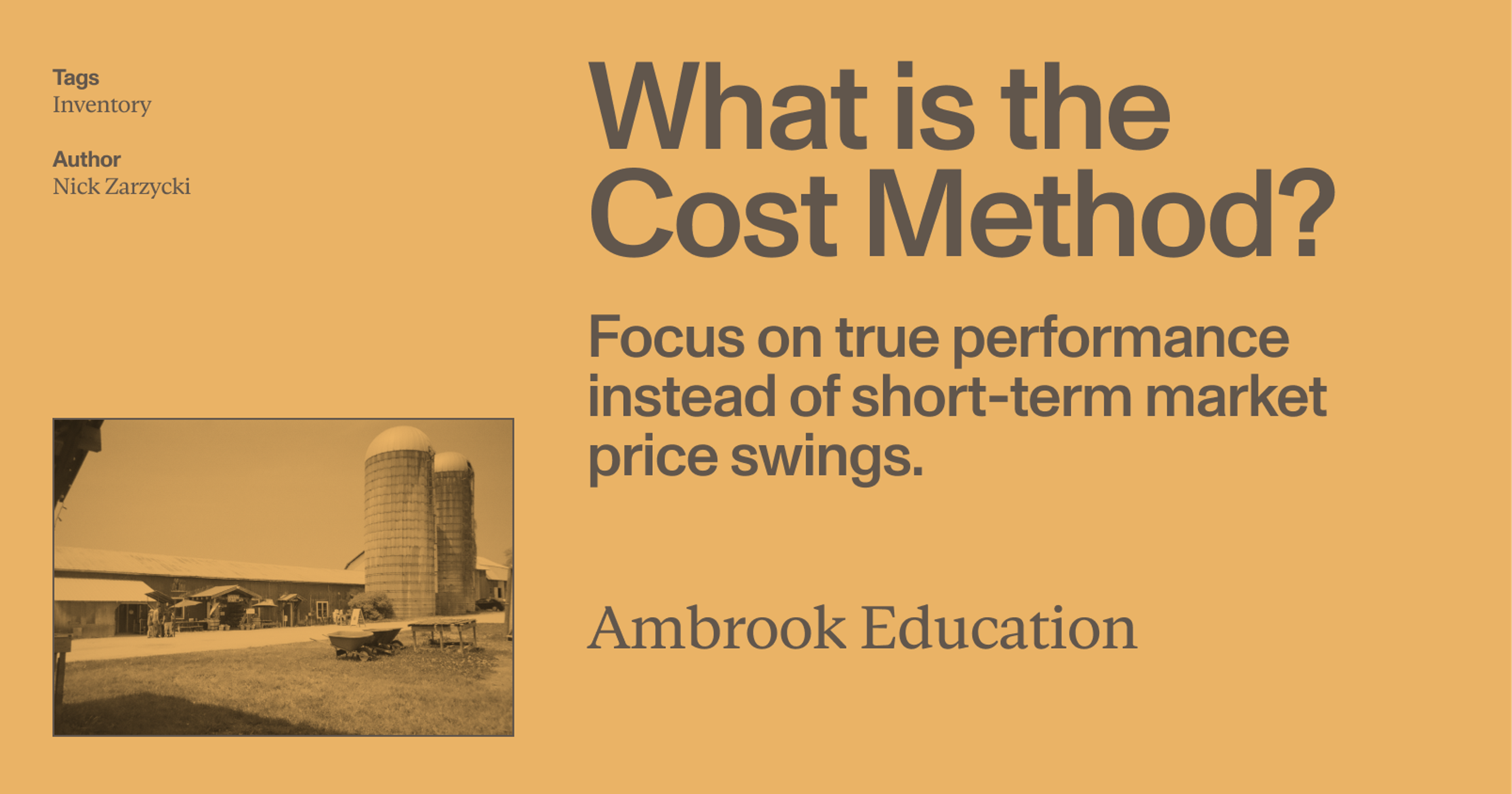Land lease agreements or ‘grazing leases’ can be a valuable tool, giving new farmers access to land they might not be able to buy outright. Here’s what you can expect to find in a typical agreement.
Grazing leases give farmers and ranchers access to pasture without the outlay of capital to buy land. When you sign a grazing lease, you pay to have your livestock graze on someone else’s land. Provided the terms of the lease are fair and equitable, both you and the landowner benefit.
The average age of a farmer in the USA is 58 years. Which means—as one article points out—that for every six farmers over the age of 65, there is only one under the age of thirty-five. Grazing leases help young farmers with few financial resources to enter the field (so to speak).
Here’s everything you need to know about grazing leases: The different types, key terms to understand, and how to sign one and make it official.
What is a grazing lease?
A grazing lease is a signed agreement between a landowner (the “lessor”) and a tenant (the “lessee”) allowing the lessee to use the lessor’s land to graze their livestock.
The type of pasture varies, from unused land thick with weeds and brush, to stands of native grasses, to irrigated hay ground.
The terms of leases vary widely, too. But in general, grazing leases benefit both lessors and lessees.
Benefits of grazing leases for landowners (lessors)
Added income. A landowner may be able to make payments on land they’ve mortgaged or reinvest money in their own farm or ranching operation by leasing out land they would not otherwise use.
Land care and improvements. By leasing out unused land, a landowner saves themselves the work and expense of maintaining it. This may especially be beneficial for older landowners who are no longer up to the hands-on work caring for their land requires.
Lower property taxes. Provided land is put to agricultural use, many states allow landowners to pay property taxes based not on the fair market value of the property but on its potential agricultural activity. That can lead to a significantly lower tax bill.
Benefits of grazing leases for tenants (lessees)
Access to land. The cost of buying land for grazing livestock is the single biggest barrier to entry for new farmers and ranchers just starting their operations. Even if the tenant owns land, leasing neighbouring parcels may allow them to graze more livestock and expand their business.
Flexibility. Depending on the terms of a lease, a tenant may increase or decrease the number of livestock they raise from one season to the next. That lets them adjust to market pressures (like commodities futures or the price of livestock) without being burdened with mortgage payments or property taxes.
Skills transfer. A new farmer or rancher may be able to learn herd management strategies, hands-on skills, and good stewardship practices by working with an older landowner who has a lifetime of experience.
How much does it cost to lease grazing pasture?
Whether you’re looking for somewhere to graze your herd, or you’d like to enjoy the benefits of leasing out your land, one question is likely to be at the top of your mind: How much does it cost to lease pasture?
The USDA collects data on the average cost of renting pasture in different parts of the USA. For a fully detailed breakdown, you can check out The USDA Land Values 2024 Summary.
But here’s the big picture. The amounts below are reported as dollars per acre:
| Economic Region | Farm real estate value | Pasture value | Pasture rent |
|---|---|---|---|
| Pacific | 8,040 | 2,370 | 13 |
| Corn Belt | 7,930 | 3,000 | 45 |
| Northeast | 7,070 | 4,670 | 38 |
| Lake States | 6,330 | 2,560 | 35 |
| Southeast | 5,490 | 5,510 | 22.5 |
| Appalachian | 5,320 | 4,500 | 25.5 |
| Delta States | 3,810 | 3,250 | 21.5 |
| Northern Plains | 3,050 | 1,450 | 26.5 |
| Southern Plains | 2,720 | 2,160 | 9.7 |
| Mountain | 1,600 | 909 | 6.6 |
| United States (48 States) | 4,170 | 1,830 | 15.5 |
These values may serve as guidelines as you negotiate and draft a lease agreement, but that doesn’t make them the gold standard.
Local custom, the relationship between the landlord and the tenant, planned improvement to the land undertaken by the tenant, and other factors all have their parts to play.
Ultimately, both the cost of leasing land—and your earnings if you’re the landowner—depend upon the terms of the lease.
What is included in the terms of a grazing lease?
However much one grazing lease may differ from the next, they all typically set out these terms:
General terms. Every grazing lease should include a description of the land being leased, the number and class of livestock, the type of lease (seasonal or continuing), start and end dates, and how the landowner will be paid. The addresses and contact information of the tenant and landlord must be included.
Rental rates. Rates may be based on the amount of land being leased, the livestock being grazed, the land’s value, and other factors (a cash rental agreement). Or they may be based on how much the tenant earns from grazing their livestock, either in sale price or in average weight gain (a share rental agreement).
Grazing management considerations. These include planned maintenance and improvement of the land by the tenant, the stocking rate, stocking limits, and the duties of both landlord and tenant when it comes to monitoring livestock and land use and keeping records.
Lease conditions. How long the lease will last, its terms of renewal, when rent is due, how or when the lease may be terminated, and rules about subletting are covered in the lease conditions. These should also include provisions for insurance coverage; the Montana State University Extension recommends tenants have at least general liability insurance when entering into a grazing lease.
Special clauses. These include what happens to the terms of the lease in the event of a natural disaster affecting access to the land; prohibited activities (like hunting, fishing, and logging), the protection of ponds and waterways, and vehicle use. Most leases stipulate what types of vehicles are allowed on the property (trucks, ATVs, etc.) and where they may drive (usually only on designated paths and trails, except in case of emergencies).
Landlord services and tenant agreement. Any responsibility of the landlord for the care or protection of the tenant’s livestock should be covered in the lease. The lease should also spell out the tenant’s duties, like repairing damaged fences or pugging. And it should stipulate the landlord’s rights to inspect the property, and whose duty it is to monitor it during the landlord’s absence.
How do you draft a grazing lease?
Once a landlord and a tenant have negotiated a grazing lease and agreed upon the terms, it’s time to put it in writing. A written, signed, and notarized lease helps to protect the relationship between the landlord and the tenant.
When the tenant or landlord are friends, neighbors, or relatives, their first instinct is often to make a handshake agreement.
But that can lead to trouble. Misunderstandings, unclear terms, and lapsed memories come into play, and what was once a friendly agreement can turn to acrimony. If the landlord and the tenant really want to preserve their relationship, they should spell out all the terms of their agreement with a written lease.
A written lease also ensures both parties have taken all the details into account. A hasty and informal agreement may leave out important details. A written lease takes more time and effort to prepare, but it helps to guarantee everyone crosses their i’s and dots their t’s.
In the case of unforeseeable events—the death of one party, the sale of property, bankruptcy, natural disasters—the lease also works as an immediate go-to for all parties involved. Sometimes, that may include lawyers, banks, or insurance companies. It’s better to have everything in writing rather than up in the air.
Finally, many states require a written record in order for the terms of a grazing lease to be enforceable in court.
Grazing lease templates
If the process of drafting a grazing lease from scratch sounds intimidating, don’t worry: There are a number of templates available that include everything a grazing lease needs to cover.
Some serve as basic examples on which you can base your own lease. Others are nearly complete, and only require you to enter your own information:
Pasture Lease — Contract Grazing Agreement (Extension St. Croix County, University of Wisconsin-Madison) helps you to create a general outline for a lease.
Pasture Lease Agreement (Kansas State University Research and Extension Coffey County) is a simple one-page agreement which you can expand upon according to your needs.
Sample Pasture Lease Agreement (Texas A&M AgriLife Extension Service) gives you a detailed lease draft covering all the necessary terms.
Pasture Lease NCFMEC-03A (North Central Farm Management Extension Committee) is a fully-fledged document you can potentially fill out, sign, and have notarized.
Whether you use a lease template as boilerplate for your own document, or draft your own lease using a template as a guideline, make sure to get it from a reputable source. Agricultural extensions and universities are a safe bet.
Notarizing and filing your lease
The Montana State University Extension recommends that, after you draft a lease, you have it notarized. If possible, both parties should then file it with their local County Clerk and Recorder.
Taking these extra steps ensures the lease is a matter of public record, and can help both parties in case a later dispute over the lease ends up in court.
You may also want to hire legal assistance when drafting a lease, particularly if either party is unclear about the terms of the lease and what they should cover.
Cash rental agreements vs. share rental agreements
Broadly, grazing leases fall into two categories: Cash rental agreements and share rental agreements.
Cash rental agreements specify a flat rate paid by the tenant. Share rental agreements base the rate the tenant pays on the later sale price of the livestock, or on its weight gain from grazing.
In other words, cash rental agreements are based on the work being done during the period of the lease: The land being used, the number of livestock, and how the livestock are cared for. Share rental agreements are based on the product of that work.
Cash rental agreements
Cash rental benefits offer benefits to both landlords and tenants:
Predictable expenses (tenant) and income (landlord). Since the agreement is based on factors determined ahead of time, there are no surprises later on.
Straightforward calculation. The cash rental approach typically makes it easier to calculate and then settle on a rate than it would be using a share rental agreement.
Minimal hands-on involvement from the landlord. Since the landlord doesn’t materially benefit from the tenant’s success, there’s no incentive for them to take extra measures when it comes to managing the herd or providing input for business decisions. That can benefit tenants who prefer to go it alone without others’ interference, and benefit landowners who want to keep their responsibilities to a minimum.
But there are drawbacks:
Loss of potential income for the landlord. If the tenant manages to earn significantly more than they expected from the sale of their livestock, the landlord may be left feeling that they undercharged for the use of the land.
Unmitigated risk for the tenant. Once the tenant pays their cash rental fee, there’s no way to offset the expense except by earning top dollar for their livestock. If they earn less than they expected (for instance, due to extra expenses)—or if disease, bad weather, or accidents take their toll on the herd—then it’s up to them to absorb the cost.
Less incentive for landlord involvement. Tenants, particularly ones new to farming, may benefit from a landowner’s mentorship. But without a cost incentive, a landlord may be hesitant to volunteer their time and energy.
How rates are set in cash rental agreements
Setting the rate for a cash rental agreement may be very simple or very complex. For example, one landlord may be satisfied charging a dollar amount per month for each head of cattle. Another may want to take multiple factors into account before settling on an amount.
These are the approaches typically taken when setting the rates for rental agreements:
Cash-rent market approach. The rate is based on average pasture leasing rates in the surrounding area. This should form a foundation for other approaches: Once the local market has been taken into account, the tenant and the landlord can factor in other data based on one or more of the approaches below.
Landowner’s ownership cost approach. The rate is based on how much the landlord spends to own and maintain the land. That includes its market value per acre, interest payments to banks, real estate tax, and the cost of land improvement and maintenance.
Landowner’s adjusted net-share rent approach. This approach takes into account the amount of money the landlord would earn if they entered into a share rental agreement. The landlord and the tenant review historical data to determine how much the tenant can reasonably expect to earn from the sale of their product. Then they base the landlord’s share on the shares typically taken by share rental landlords in the region. Finally, a rate is set that is slightly lower than what the landowner would expect to earn, since in this case the tenant is taking on all of the risk.
Operator’s net return to land approach. This method sets the rate based on what the tenant can afford to pay according to the quality of the land and the expected yield in profit. It takes into account the tenant’s cash inputs, fixed costs, and the work (both labor and herd management) they do.
Percent of land value approach. Possibly the simplest calculation involves basing the rate on the cost of the land being rented. The landowner takes into account the “opportunity cost”—the money they could make by using the land otherwise during the period of the lease—to set a percentage.
Percent of gross revenue approach. Similar to the landowner’s adjusted net-share approach, this method is based on how much the tenant can expect to earn from their livestock. However, in this case, the landlord’s share is set as a percentage (not necessarily taking into account the shares of local landlords in cost share agreements) and it’s charged on expected gross revenue rather than profit.
All of these approaches offer flexibility in how the tenant and the landlord set their rates, including which factors they take into account. By combining them, both parties should aim to set a rate that’s mutually beneficial.
Share rental agreement
Share rental agreements offer benefits and drawbacks to both tenants and landlords.
The benefits:
Lower risk for the tenant. The tenant pays their rent based on how much they earn from the sale of their livestock, or on how much added value the livestock realizes (as weight gain) during the period of the lease. This offsets potential losses.
An active role for the landowner. The landowner contributes resources and has a say in how the herd is managed. They may also take on a share of the labor, for instance by repairing fences, monitoring the herd, and administering medications. The work they do pays off as their share in the profit.
Skills transfer. Since the landlord has an incentive to help the tenant, there is a higher likelihood of mentorship and skills transfer—particularly between older and younger generations—than there is with a cash rental agreement.
The drawbacks:
Lower potential earnings for the tenant. A tenant who pays low rent on a relatively unproductive piece of land but nonetheless manages to earn a tidy profit gets to keep all of their earnings under a cash rental agreement. In a share rental agreement, the landowner stands to benefit (at least in part) from the tenant’s hard work, and reduce their profits in the process.
Complexity. It can take a lot of work to determine how much each party will contribute—in time, labor, management, and expenses—under a share rental agreement.
Daily upkeep. A share rental agreement requires both parties to communicate clearly with each other and coordinate their work. When the landowner’s duties are minimal under such an agreement, the daily upkeep is small. But when they shoulder a large amount of the labor, the effort of working together may add to each party’s total workload.
How rates are set in a share rental agreement
The basic formula for settling on a share rental agreement is fairly straightforward. It’s all the variables—factoring in the different contributions from each party—that can complicate the process.
First, each party calculates their potential contributions to the lease. That can include expenses like fence repairs, seeding, animal medications, and supplementary feed. It also includes the amount of work each party puts into caring for and managing the herd.
Next, the tenant and the landlord settle on one of two methods for determining their shares:
The contribution approach. The total contributions of each party determine their respective shares. For instance, if the tenant contributes 75% of the costs and labor, they keep 75% of the total profit.
The desired-share approach. Each party determines what share they would like to take in the profits. They then work backwards from this amount to decide how much they should contribute in order to justify that share. For instance, if the landlord and tenant decide to split profits 50/50, they then calculate how each would contribute 50% of the cost and labor inputs.
Stocking rate and stocking limits in grazing leases
There are two important terms to familiarize yourself with before entering into a grazing lease:
Stocking rate: How much livestock will be grazed per acre of land. In the lease, this represents how much stock the tenant anticipates grazing.
Stocking limit: The maximum stocking rate according to terms set in the lease.
The stocking rate is typically based on how many animals can graze a particular type of forage in order to fulfill their caloric requirements. The stocking limit is set to ensure grass stands and soil have time to recover in between periods of grazing.
Stocking rates and limits may be measured using the number of grazing animals, i.e., head of cattle or sheep.
A more precise method of measuring these is the animal unit month (AUM). A single animal unit (AU) needs 780 pounds of dry forage each month. By taking into account both the size the type of forage, the season, and the quality of the land, a tenant can determine how many AUMs they can graze per acre, and how to rotate their stock between different pastures. And a landlord can determine the maximum number of AUMs their land can sustain.
The calculations used for AUMs can be complex, but by using AUMs to set stocking rates and limits, both landlord and tenant can help to ensure the health of the animals and of the land. For a deeper dive, see Stocking Rate: The Key to Successful Livestock Production from the Oklahoma State University Extension.
Ambrook gives your farm finances a new lease on life
When you use Ambrook, it’s easy to calculate the cost of raising your livestock—whether you’re leasing grazing land from a landowner or contributing to your tenant’s ranching operation. And since many of those expenses are tax deductible, having them all accurately documented in one place—thanks to Ambrook—helps you make the most out of your tax return.
Plus, with time-saving bookkeeping automation features, automatically-generated financial reports, streamlined bill pay and invoicing, and other powerful accounting and financial management tools, Ambrook doesn’t just make expense tracking simple: it takes the guesswork out of running your business. Want to learn more? Schedule a demo today.
Want to learn more about Ambrook?
This resource is provided for general informational purposes only. It does not constitute professional legal advice and may not apply to your specific situation. Consult with professional legal counsel before making any decisions about your business.

